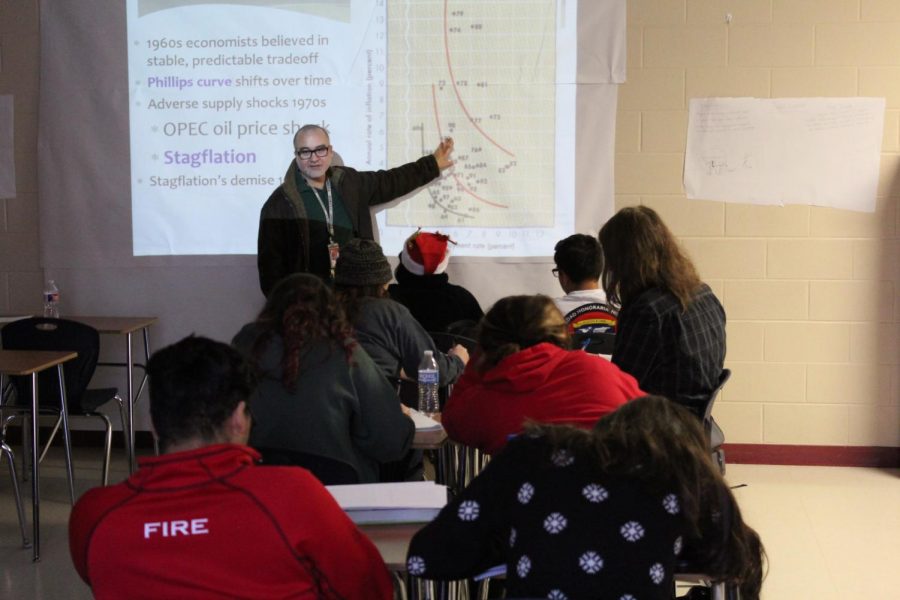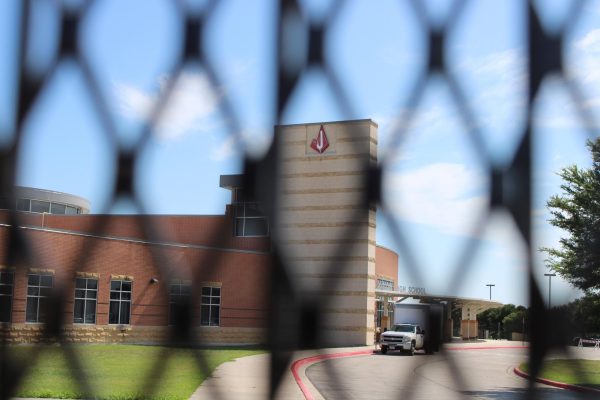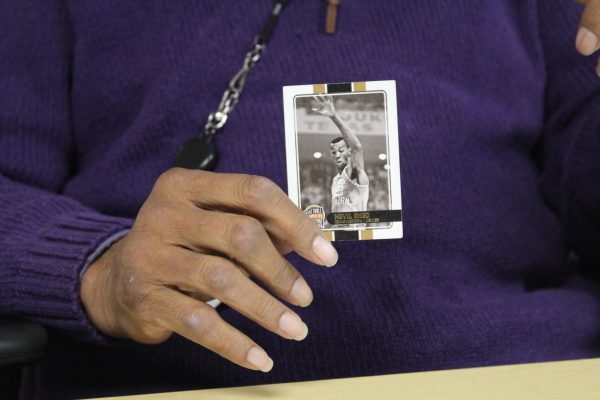District moves to implement 5X5 schedule
***CORRECTION: A previous version of the article stated that the board has approved the schedule change. Although the move has been discussed by the district, the board has yet to approve the move.***
Last year, the high school campuses and school board began discussing switching to five classes per semester instead of having seven classes a day. This year, it isn’t just talk. The board has begun to discuss officially changing to a 5X5 schedule – five classes in the fall and five in the spring.
The reason the idea was brought up was to have more instructional time in classes for students to succeed and/or more time to practice in extra-curricular activities. It also gives students extra time and chances to succeed in classes they may have struggled in. It appealed to the board because students could also explore more educational elective choices.
“Instead of just going through core classes, the students could venture out into different parts of their favorite class or career paths such as European history or other specialized content the teachers might offer,” Academic Dean Ms. Cynthia Valdillez said.
Classes will be around 90 minutes a day, allowing teachers to work one-on-one with students who want more explanation and exploration about a lesson, or to get more practice in extracurriculars such as band or athletics.
Students will complete a full year class in one traditional semester. That standard does not include Advanced Placement (AP), International Baccalaureate (IB), and Dual Credit classes. All of those classes will stick to their traditional structure and timeline. Electives such as choir, band, orchestra, athletics, along with specific career pathways, will also be year round.
“With more classes a year, students could dive into their academics and have more opportunities to earn college credits, which could give them the mindset to finish at a community college and complete basic classes before attending a university,” Valdillez said.
All initial testing, except AP and IB, could be moved to December. An example of the outcome of that would be passing the algebra class and STAAR test in December and starting the geometry class in the spring. This allows students to possibly graduate early. However, that is not the purpose of the schedule change.
“As we move to a 5X5 plan, there’s definitely room for students to earn additional credits and take different electives that spark their interest. It also allows our teachers to explore different content areas,” Valdillez said.
Another event affected by the support of instructional time is pep rallies. Currently, we are cutting other classes shorter throughout the day to make the seventh period longer to have time for them.
However, next year, the idea is to have pep rallies either before or after school.
“We want to preserve instructional time for our teachers since there will only be five classes a day. It’s unfair for the seventh-period teachers to cut almost a day’s worth of lessons because they don’t have their students,” Principal Jesus Hernandez said.
There are a few other things to hammer out about this new schedule – credit recovery and lunches are a couple.
Originally, credit recovery was its own class period, a time for students to retake any class they failed. Next year, those classes will be dissolved and students will be able to retake classes during the semester, along with whatever other courses they are taking that year.
“If you pass a math class but fail the math STAAR, you move forward in the class, but we are required by law to offer you a remediation course. That is the STAAR math class. To not have to take those classes, you must pass the test.” Hernandez said.
As schools are required to offer lunch, the logistics of how that is going to happen is still being discussed.
“The limiting factor in lunches is the capacity of our cafeteria. So, right now, the cafeteria’s capacity is 750 kids. Considering the fact that we have about 2,700, you’re looking at about 700 kids per lunch. That in itself offers different challenges and we want to make sure every kid is fed, that every teacher gets a 30-minute lunch break,” Hernandez said.
The 2019-2020 school year will be the first year this schedule is put in place. Some students, teachers, and community members may have their doubts about this new schedule. Change is not easy. However, some believe that it will be a success for students while needing constant editing to ensure it functions properly.







